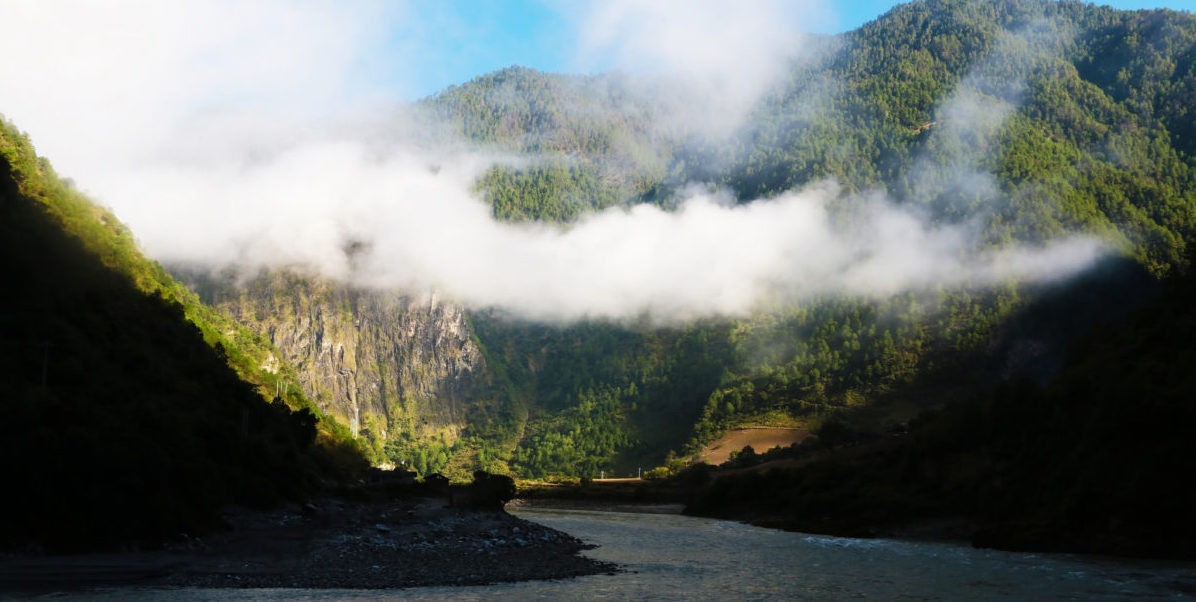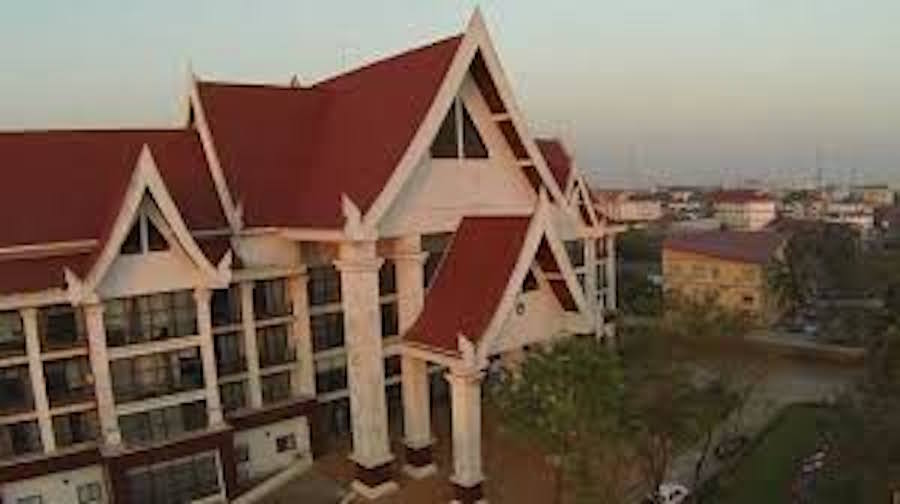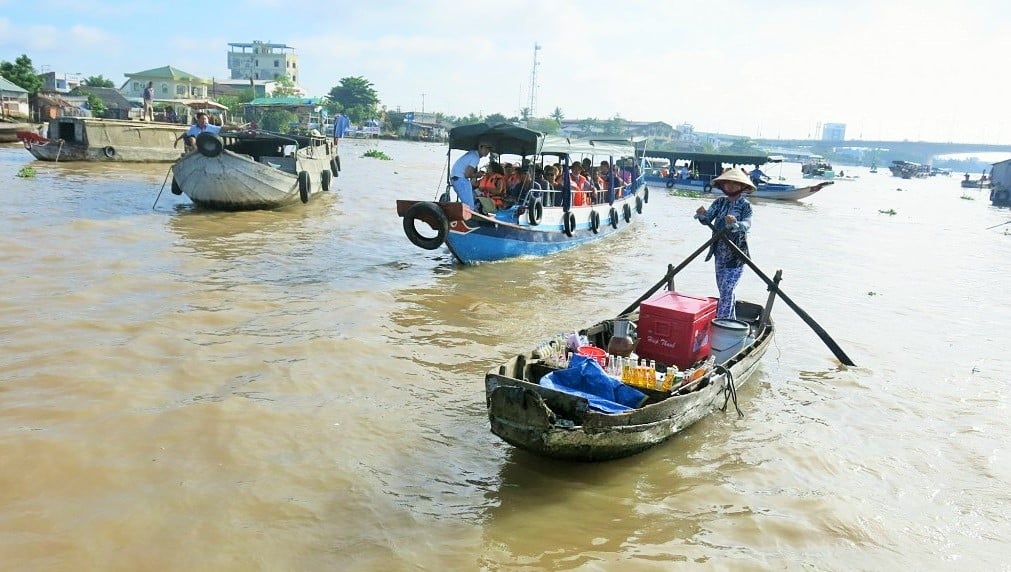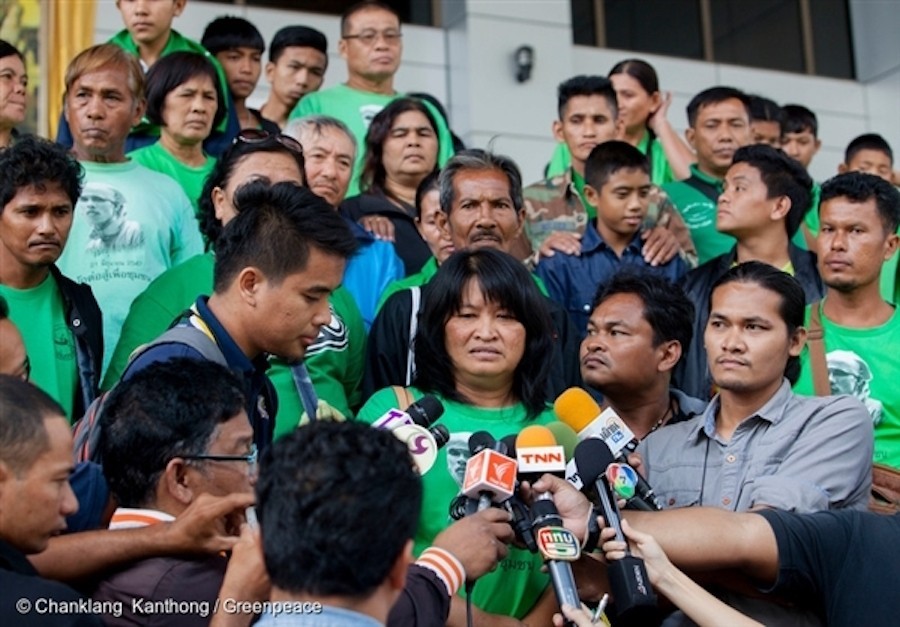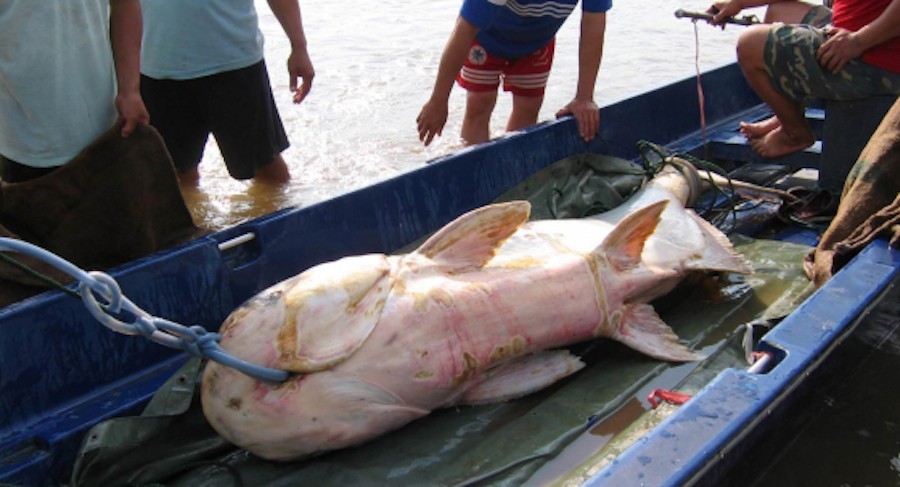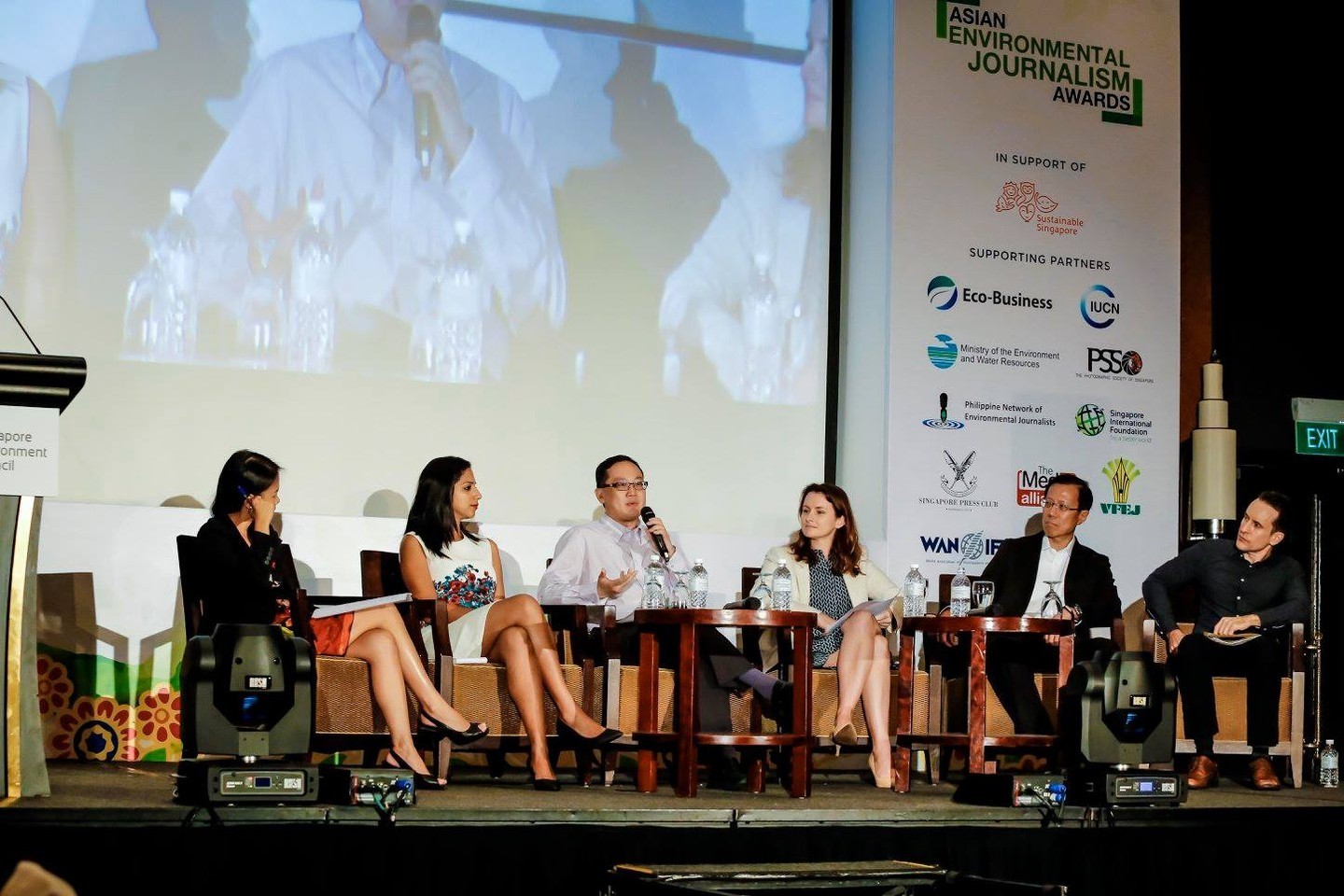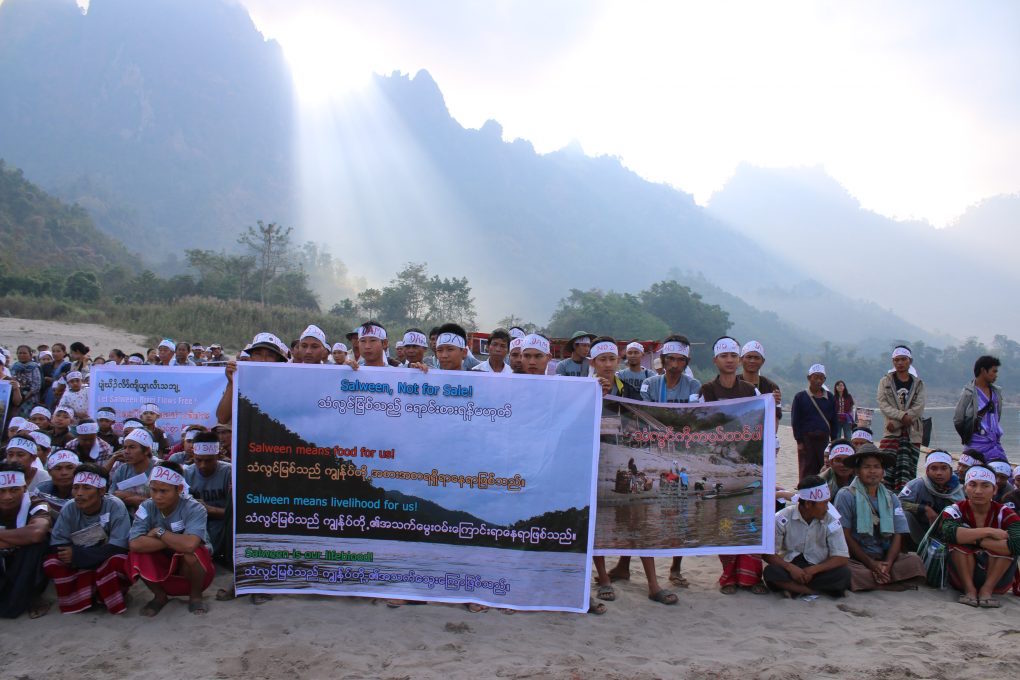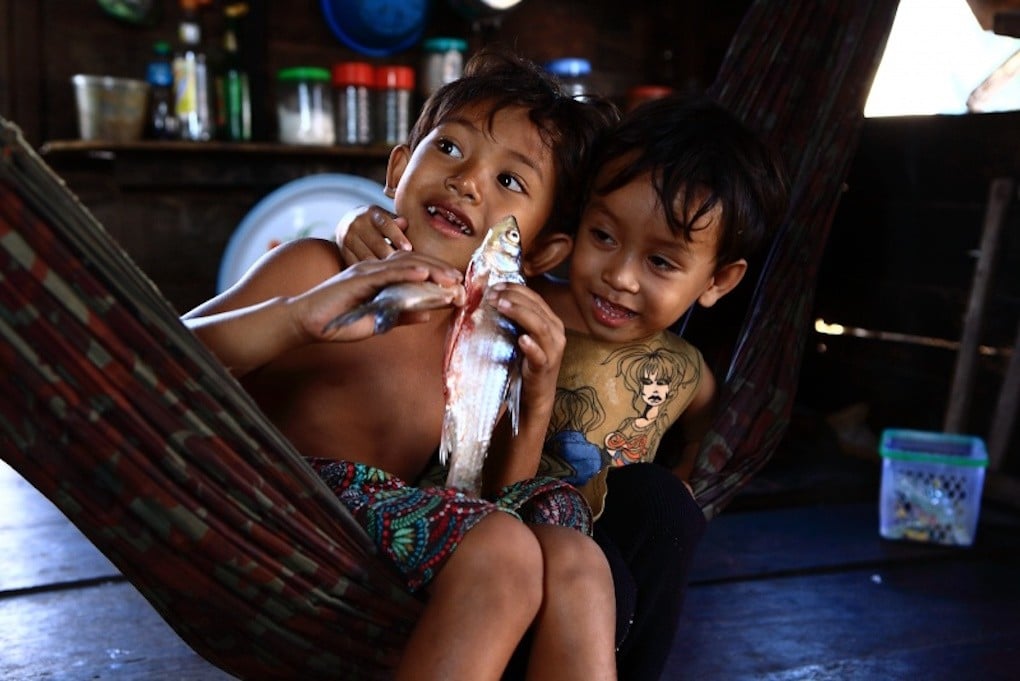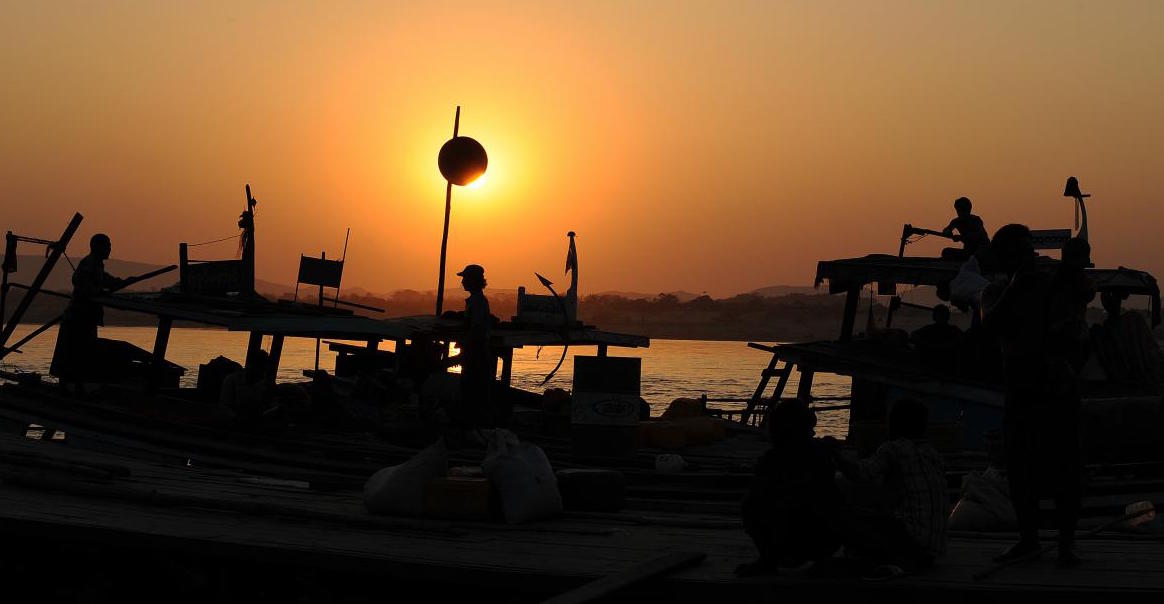It’s difficult to encapsulate, as an outsider, how significant the Salween is in the hearts, minds and identities of the ethnic communities who live in its watershed. “From the Land of Green Ghosts,” Pascal Khoo Htwe’s autobiographical account of life in conflict-ridden eastern Myanmar is flecked through with references to the “legendary River Salween,” the river he refers to as “an old friend or a lover.” Meeting with Salween riverine communities in Myanmar today, Pascal Khoo Htwe’s depiction of his relationship with the river burns strong – they still talk about it all the time.
Category: China
Sweden Pledges $5.3M to Mekong River Body
As bitter protests continue over ongoing Mekong River dam projects, Sweden has pledged $5.3 million to a controversial multinational body monitoring development in the basin.
The funding—to be disbursed over the next four years—will promote sustainable hydropower in the Mekong River basin, the Mekong River Commission (MRC) said in a press release.
Vietnam proposes transboundary water-resources management policy
At the November 20 session of the 24th APEC Summit, a high-ranking leader suggested developing agriculture in a sustainable manner in tandem with the effective use of natural resources, including cross-border management of water resources.
Development as Unfreedom: Shrinking Democratic Spaces in Asia
The real sign of development and democracy is how a country respects, protects and promotes freedoms and human rights. The biggest challenge of our times is the increasing gap between the promises and performance of states and governments in relation to the protection of the freedoms and human rights of their people. This is most evident in many countries in Asia, with the shrinking of freedom and democratic spaces resulting in increasing attacks on human rights defenders.
Mekong projects ‘to kill biodiversity’
DEVELOPMENT projects in the lower reaches of the Mekong River will take a great toll on the area’s biodiversity, experts have warned, with much of its fauna and flora facing imminent extinction.
In the face of major projects, such as the plan for a navigation route on the Mekong from Chiang Rai province down to Luang Prabang in Laos, as well as a controversial dam, concerned academics and experts attended the Greater Mekong Forum in Bangkok on Friday.
The media’s role in telling environmental stories
Journalists have the unique ability to help accelerate climate action through advocacy and education, but their potential to help achieve the global climate goals agreed in Paris last year still remains largely untapped, said media and environmental experts in Singapore.
Speaking at the inaugural Asian Environmental Journalists Forum, organised by non-profit Singapore Environment Council and media organisation Eco-Business, panellists said that shrinking budgets, a lack of public interest and the ever increasing complexity and geographical scope of climate issues are just some of the challenges that journalists face when trying to report on environmental issues today.
Journal: China remakes the map: Green Perspectives
This journal, produced in partnership with the Henry Luce Foundation, focuses on China’s environmental impacts overseas through a series of articles and on-the-ground reports.
Southeast Asia’s last major undammed river in crisis
From the snow-capped mountains of Tibet, the Salween rushes through steep gorges in Yunnan Province and flows through four of Myanmar’s ethnic states before emptying into the Andaman Sea.
With dams on hold upstream, Yunnan’s provincial chief Li Jiheng expressed support in 2016 for a national park to stimulate this region’s tourism in the upper Salween (the Nu River) which already attracts many visitors to the ‘Three Parallel Rivers’ World Heritage site. Although Li Jiheng was recently replaced by Chen Hao, it is hoped that the dams will remain suspended.
Report reveals a big dependence on freshwater fish for global food security
Freshwater fish play a surprisingly crucial role in feeding some of the world’s most vulnerable people, according to a study published Monday (Oct. 24) in the Proceedings of the National Academy of Sciences.
“It was eye-opening just how many people are deeply dependent on freshwater fisheries as sources of protein,” says Pete McIntyre, a lead co-author of the study and professor of zoology in the Center for Limnology at the University of Wisconsin–Madison. “Many people in poor nations do not get much animal protein to eat, and freshwater fish provide protein for the nutritional equivalent of 158 million people around the world.”
Meteorologist advises smaller alternatives to Myitsone megadam
The former director general of the meteorology and hydrology department has proposed an alternative solution to the problem of the stalled Myitsone hydropower dam. Instead of building one destructive and publically reviled mega dam, why not build four smaller hydropower projects instead, he suggested on Facebook yesterday night.


